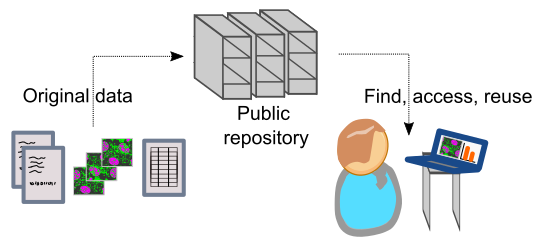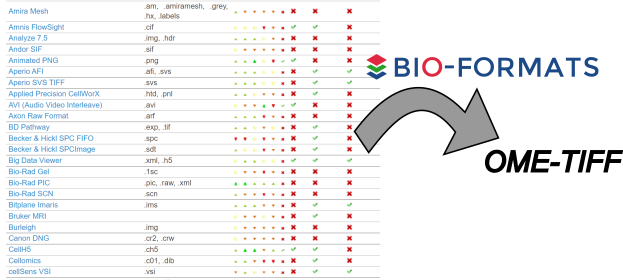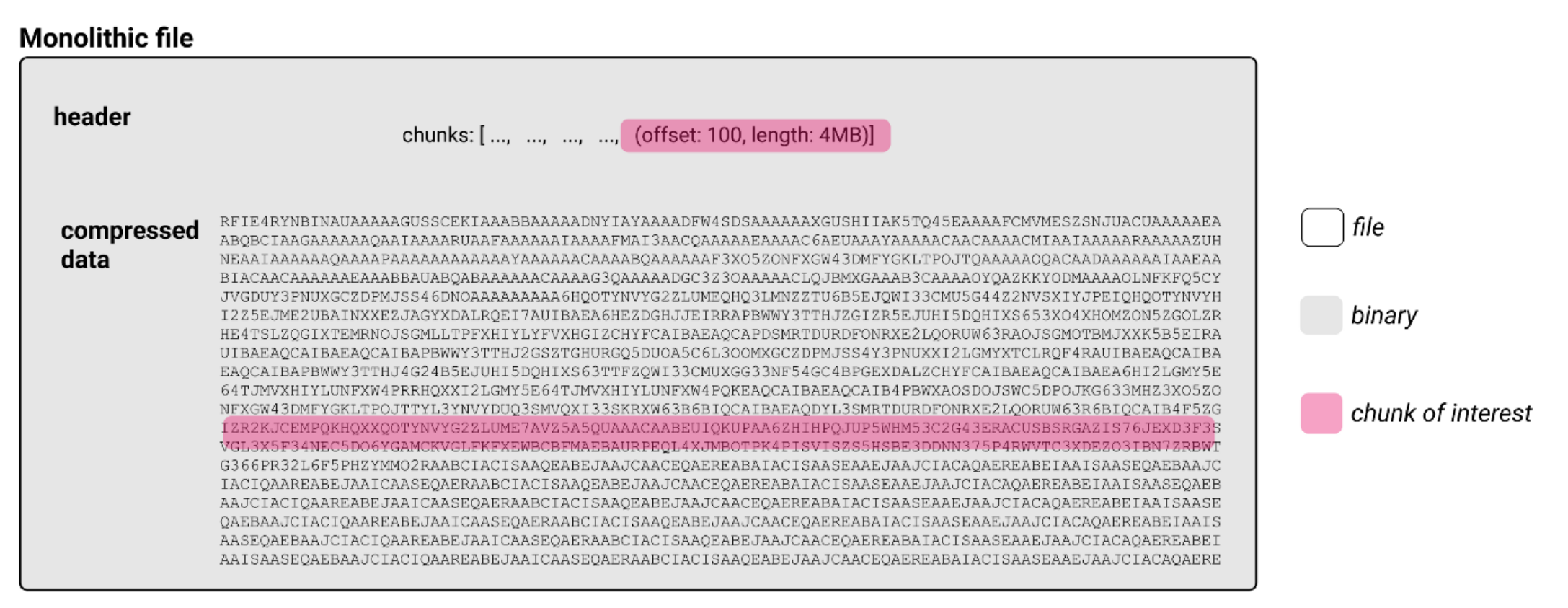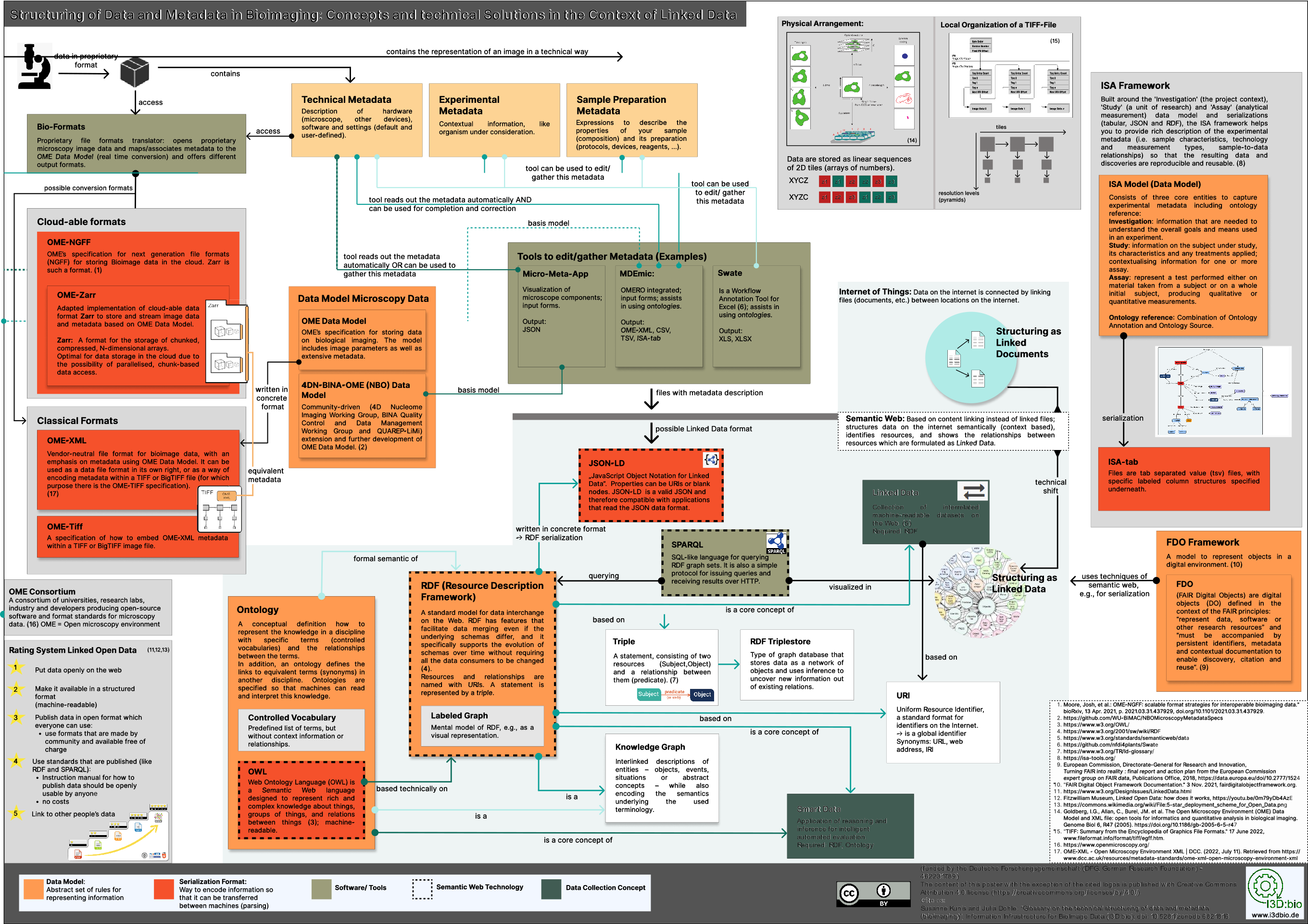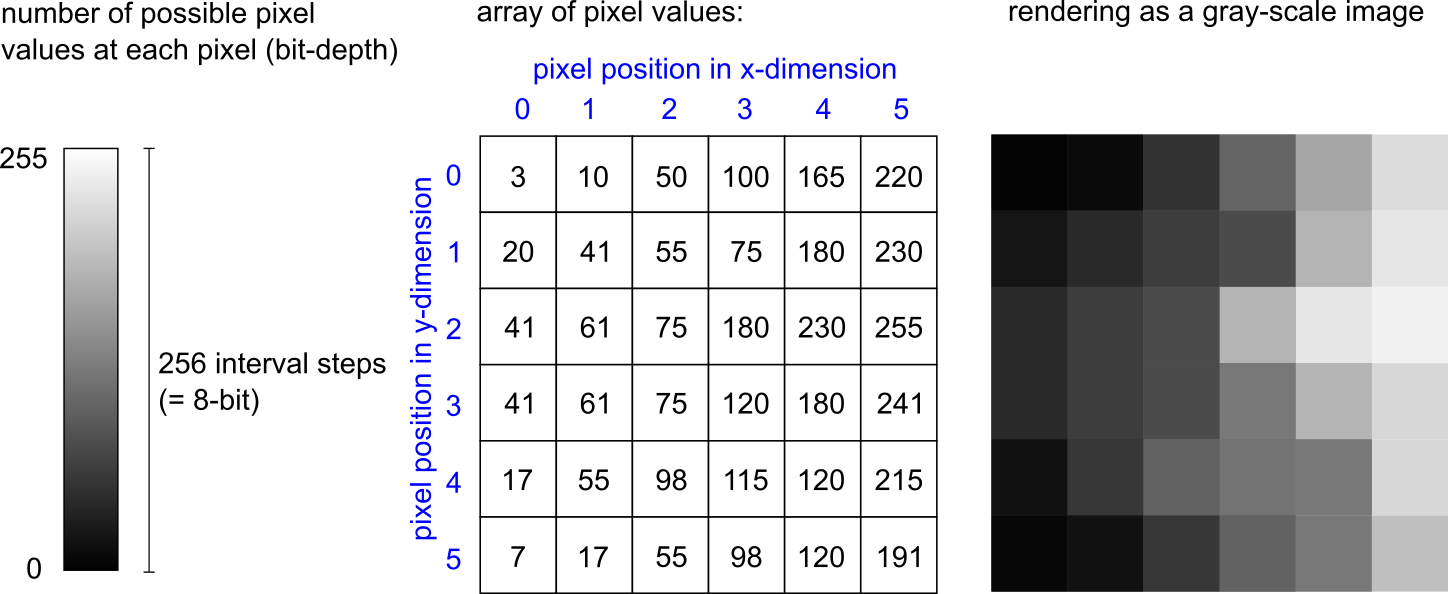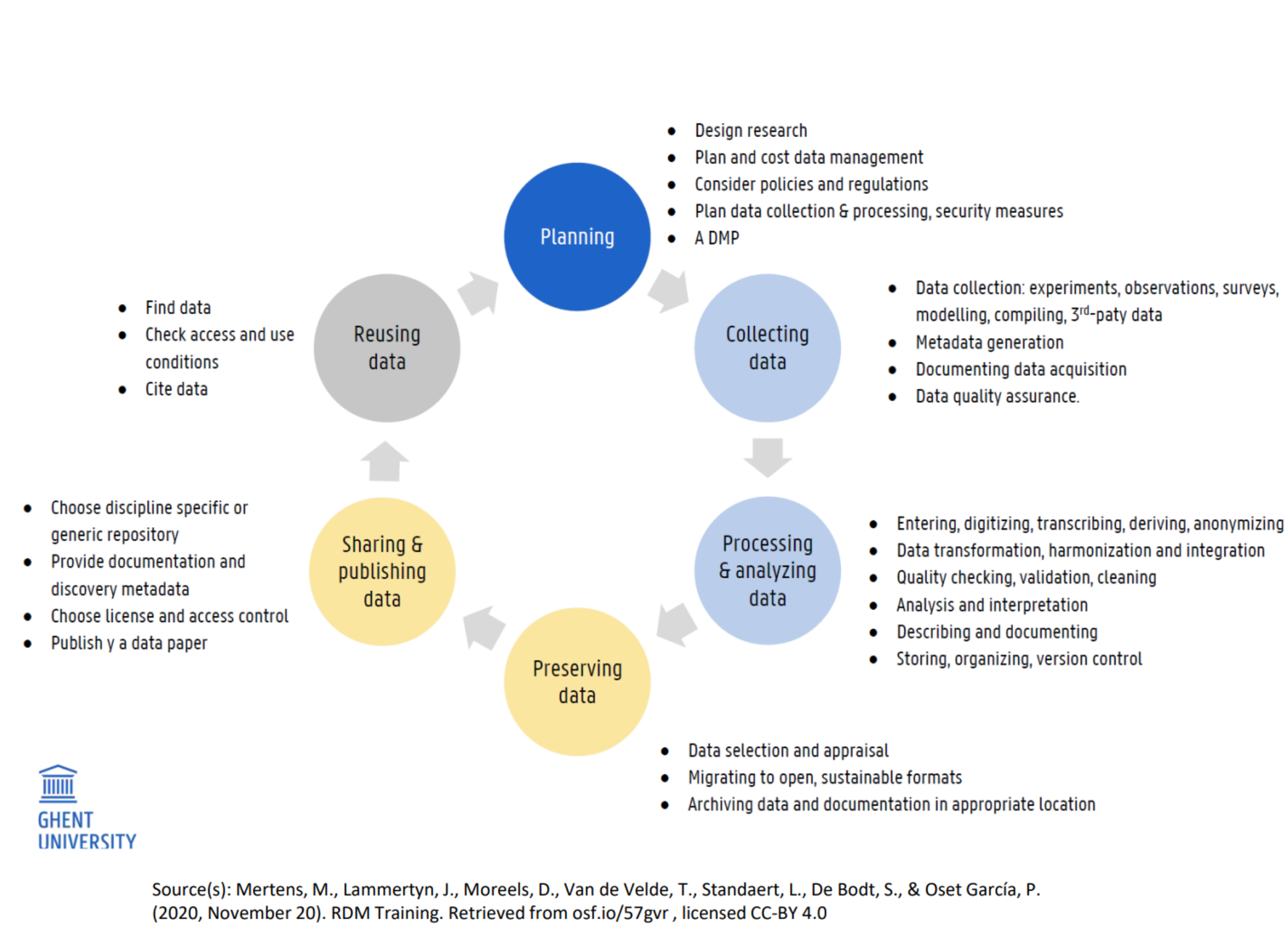Introduction to Image Data Repositories and Public Archives
Back to: Image Data Repositories Introduction to Image Data Repositories and Public Archives Many bioimaging experiments are time-consuming and cost-intensive, and the acquired images are almost always subjected to image analysis to quantify image features of interest. Many imaging approaches thus produce large datasets, the value of which may extend [...]

